Electric Guitar 101 Pro Lessons
Guitar Anatomy Guide Every Part of the Guitar Explained

Below is a walk-through of the anatomy of an electric guitar, as well as the tones produced by each of its six strings. How Is an Electric Guitar Different from an Acoustic? While the acoustic guitar has many of the same parts as an electric guitar (such as wooden body, neck, and headstock), the body of the electric guitar has a few key.
Guitar Anatomy 101 Parts Of A Guitar, Strings Labeled & Fret Numbering
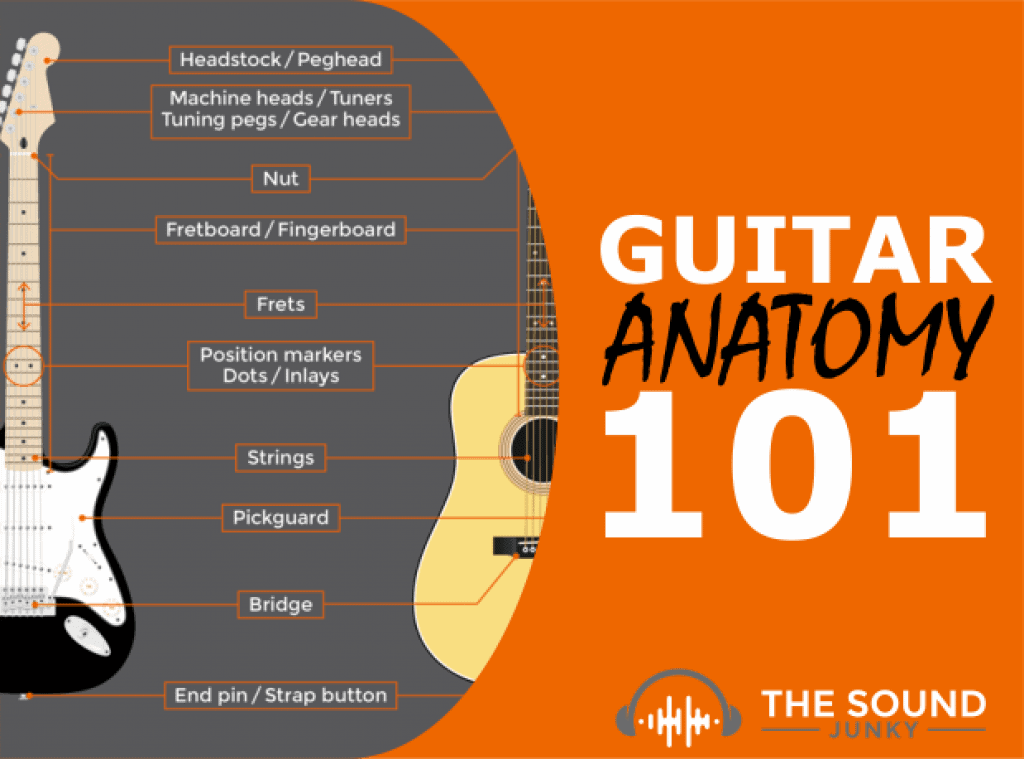
Continuing our Guitar 101 series, our own Chris McKee is going to show you the ins and outs of the electric guitar. Electric guitars come in myriad shapes,.
1 Guitar Anatomy
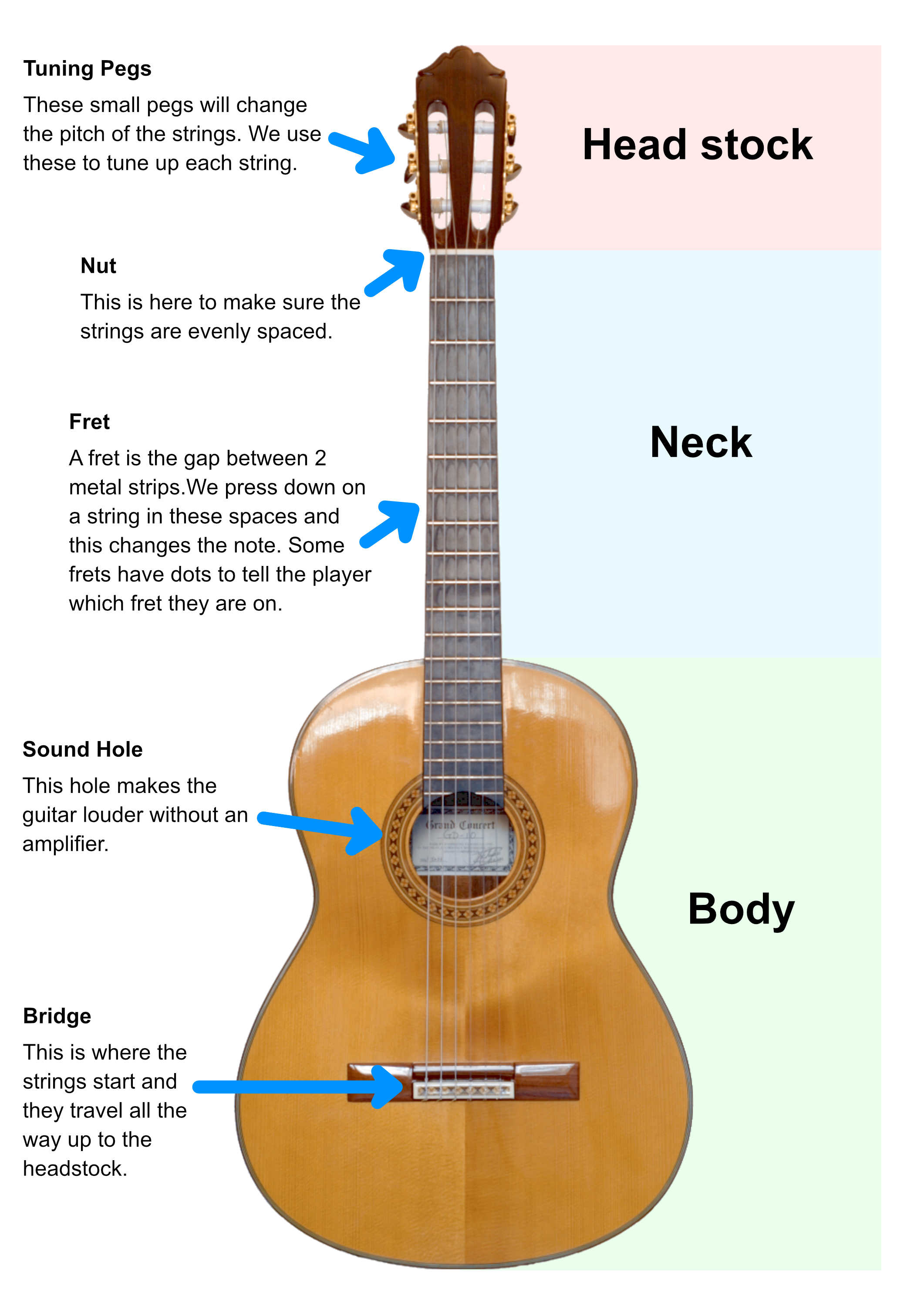
The primary components of an electric guitar are: Body: The body is the largest part of the guitar. It's where you'll find essential elements like the pickups, bridge, and control knobs. The body's shape, size, and material can significantly influence the guitar's tone and weight. Neck: Attached to the body of the guitar is the neck.
Acoustic vs Electric Guitar Comparison Anatomy of Guitars Vintage Guitar Masters

Solid Body Electric Guitar. Around 1940, a guitarist by the name of Les Paul came up with a prototype of the world's first solid body electric guitar affectionately known as The Log. It consisted of a guitar neck attached to a length of 4 x 4 solid wood and of course, a pickup. To make it look the part, Les also attached two halves of a hollow.
Choosing an Acoustic Guitar The Hub
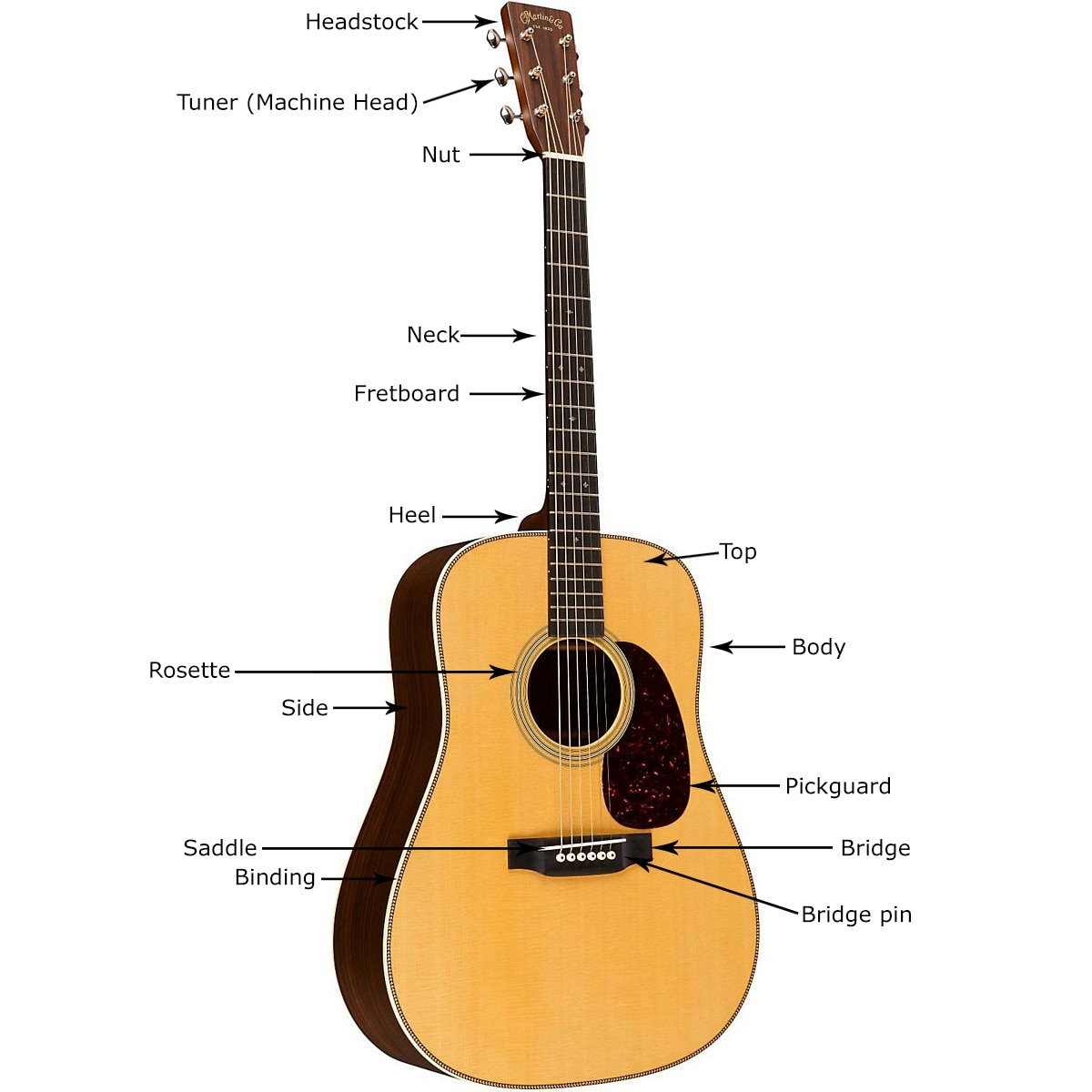
The Anatomy of an Electric Guitar: Everything You Need To Know. In the symphony of life, music reverberates through our souls, awakening emotions and igniting our passions. Among the myriad of instruments that harmonize in this grand composition, one instrument stands tall, commanding attention with its electrifying presence—the electric guitar.
Six String Journal 2. Guitar's Anatomy

Electric guitar strings are made out of metal, such as nickel-plated steel, and when you pluck the strings, the vibration is translated into an electrical signal that the pickups can then translate into sound. The types of strings you use can have a big impact on the sound, such as round wound vs. flat wound.
Anatomy of an Electric Guitar Everything You Need To Know🎸
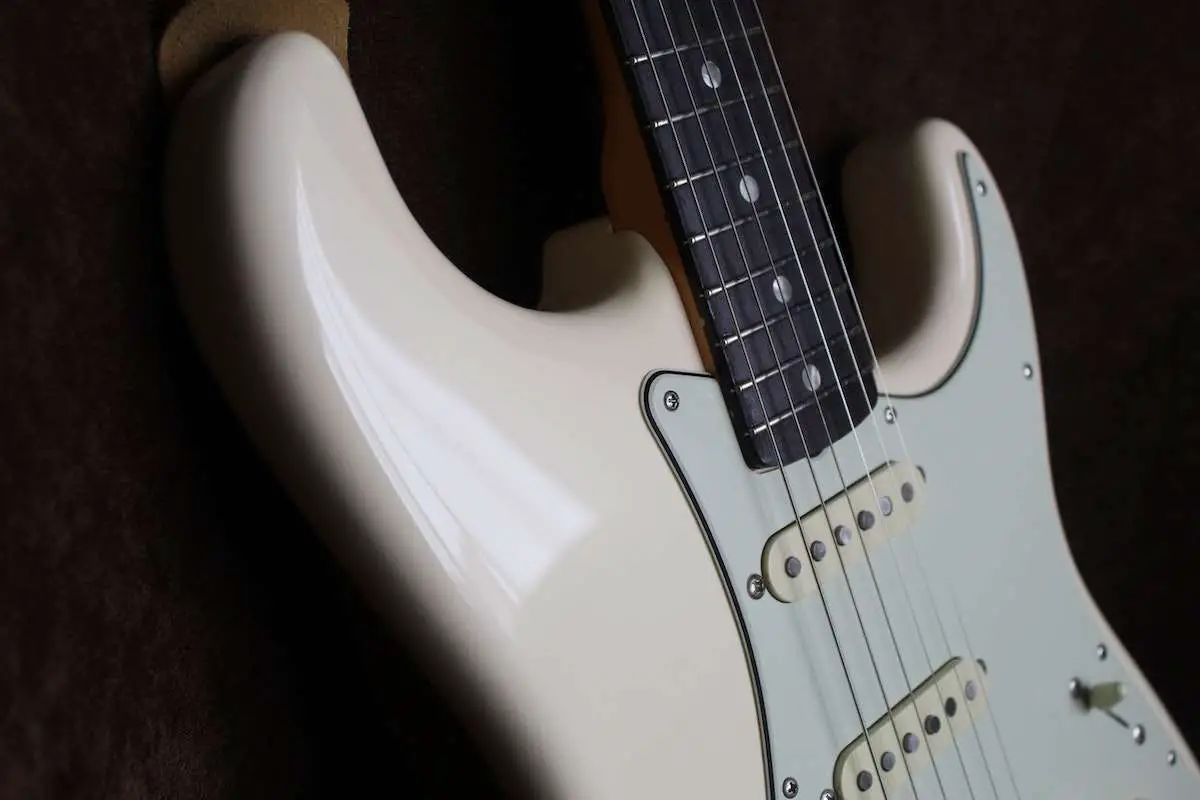
Anatomy of an Electric Guitar Explained. The electric guitar is made up of several different parts, which can be grouped under a few different sections. The entire electric guitar can be divided into the following sections: the headstock, body, neck, strings, hardware, and onboard electronics. We'll cover each part below, but if you'd like.
The Anatomy of a Guitar Terms You Need to Know Guitar Space Electric Guitar Parts, Body

There are a few major components on the guitar body that are important to identify and understand. All of an electric guitar's electronics are housed within the guitar body, including the pickups, volume and tone knobs, pickup switch, and input jack. The body also houses the bridge, pickguard, and strap buttons.
Guitar Anatomy Guide Every Part of the Guitar Explained Guitar, Guitar chords for songs

Anatomy of an electric guitar infographic. In this article, we dissect the anatomy, the parts used to make them, how they work, and what determines the different sounds they can make. We'll split the list into two categories, physical and electronic components. Physical Components Headstock. The headstock is located at the top of the neck.
Anatomy of the Electric Guitar Fender YouTube

Common woods for electric guitar bodies include ash, alder, mahogany, maple, and basswood. The woods used for the body are also called 'tonewoods' since they affect the guitar's tonal qualities - its harmonics, overtones, resonance, depth, and more. The most typical of electric guitar bodies is the solid body.
Understanding the anatomy of your guitar Guitar Savvy

The anatomy of an electric guitar consists of the body, neck, headstock, fretboard, frets, nut, tuning machines, strings, pickups, volume and tone controls, bridge, saddles, output jack, and other parts. You'll see all the various parts of the electric guitar in the following illustration. Electric Guitar Anatomy.
Anatomy Of An Electric Guitar ubicaciondepersonas.cdmx.gob.mx
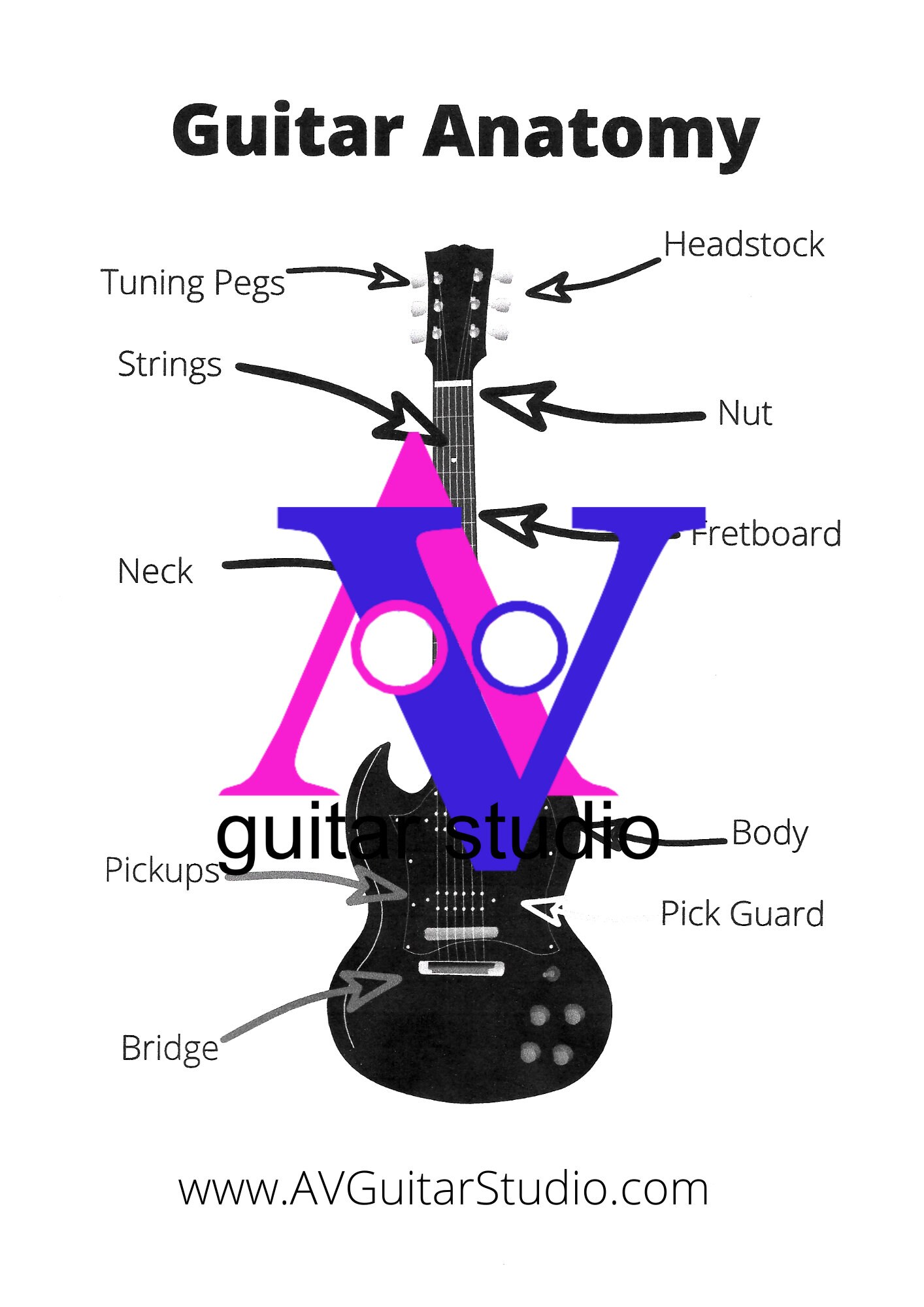
On an electric guitar, the pickup selector switch lets you choose which pickup, or combination of pickups, is currently active. The two most common types are 3-way and 5-way switches . You will usually find a 3-way pickup selector switch on electric guitars with 2 pickups (for example a Gibson Les Paul ), and a 5-way pickup selector switch on guitars with 3 pickups (for example a Fender.
Electric Guitar Anatomy The Parts Of The Electric Guitar Guitar River
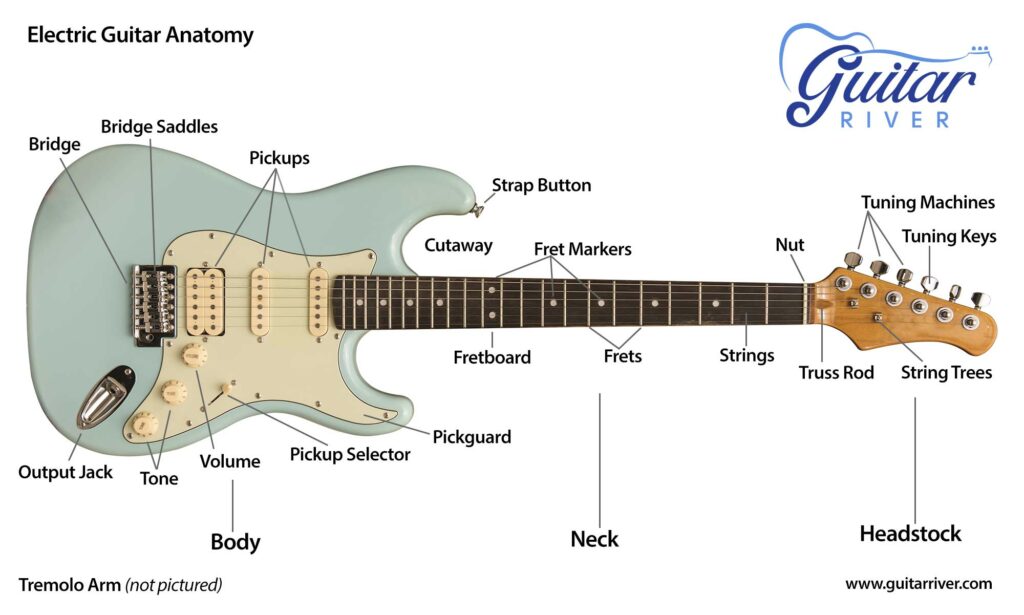
The body of the guitar is where the rest of the magic happens. It holds all of the things that make an electric guitar work. These can come in any shape and color. The body of a guitar is probably the most subjective part of choosing a guitar. Some people prefer classic shapes, while the next person could prefer more extreme "pointy" shapes.
10 Guitars You Need to Know 2 Les Paul♫ Uberchord Engineering
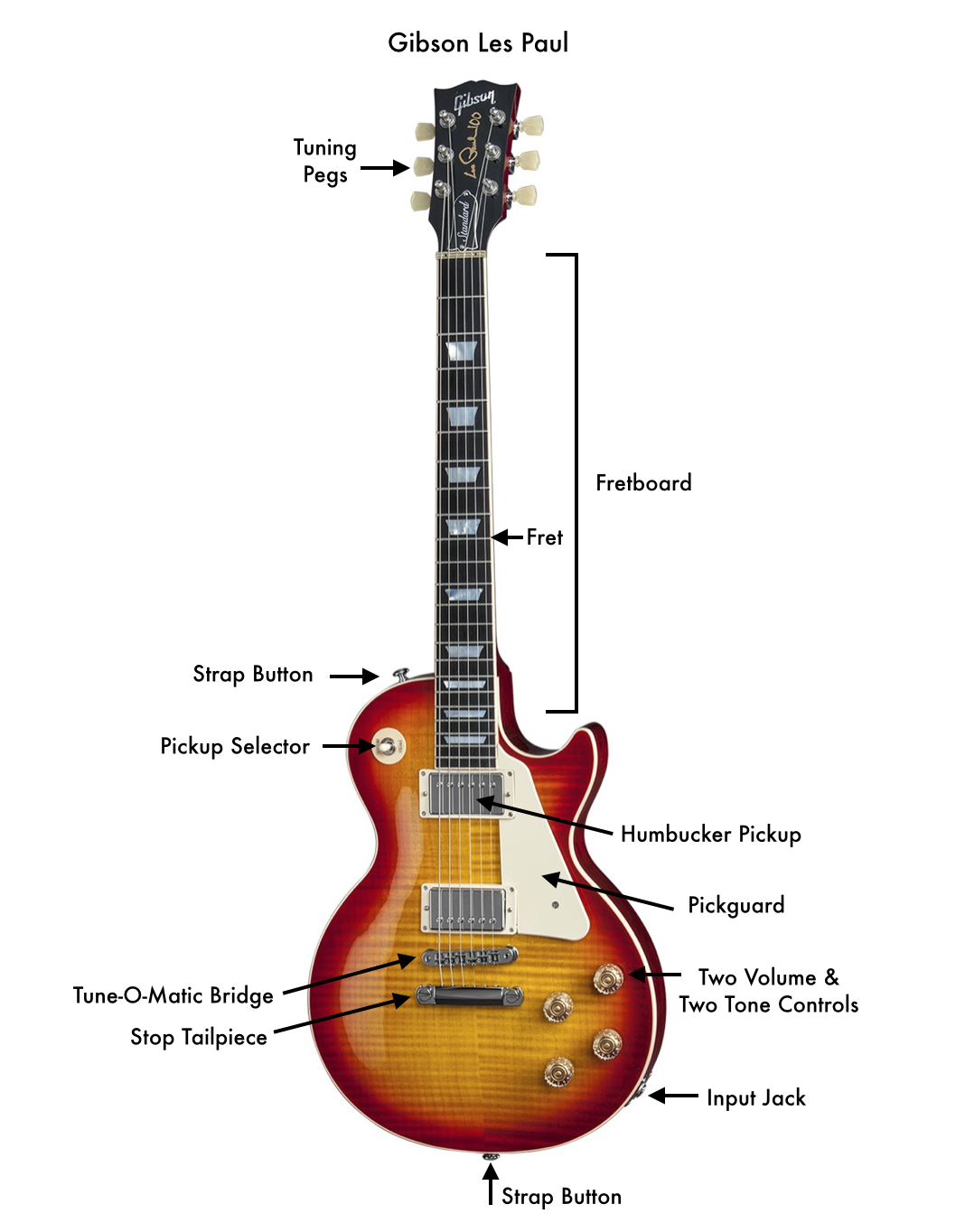
The electric guitar is a complex instrument that features several components. Every part of the electric guitar is important for its functionality and largely determines the sound and feel of the instrument. No part of the electric guitar is insignificant. The anatomy of the electric guitar includes the headstock, tuners, neck, fretboard, nut, frets and
1 Guitar Anatomy
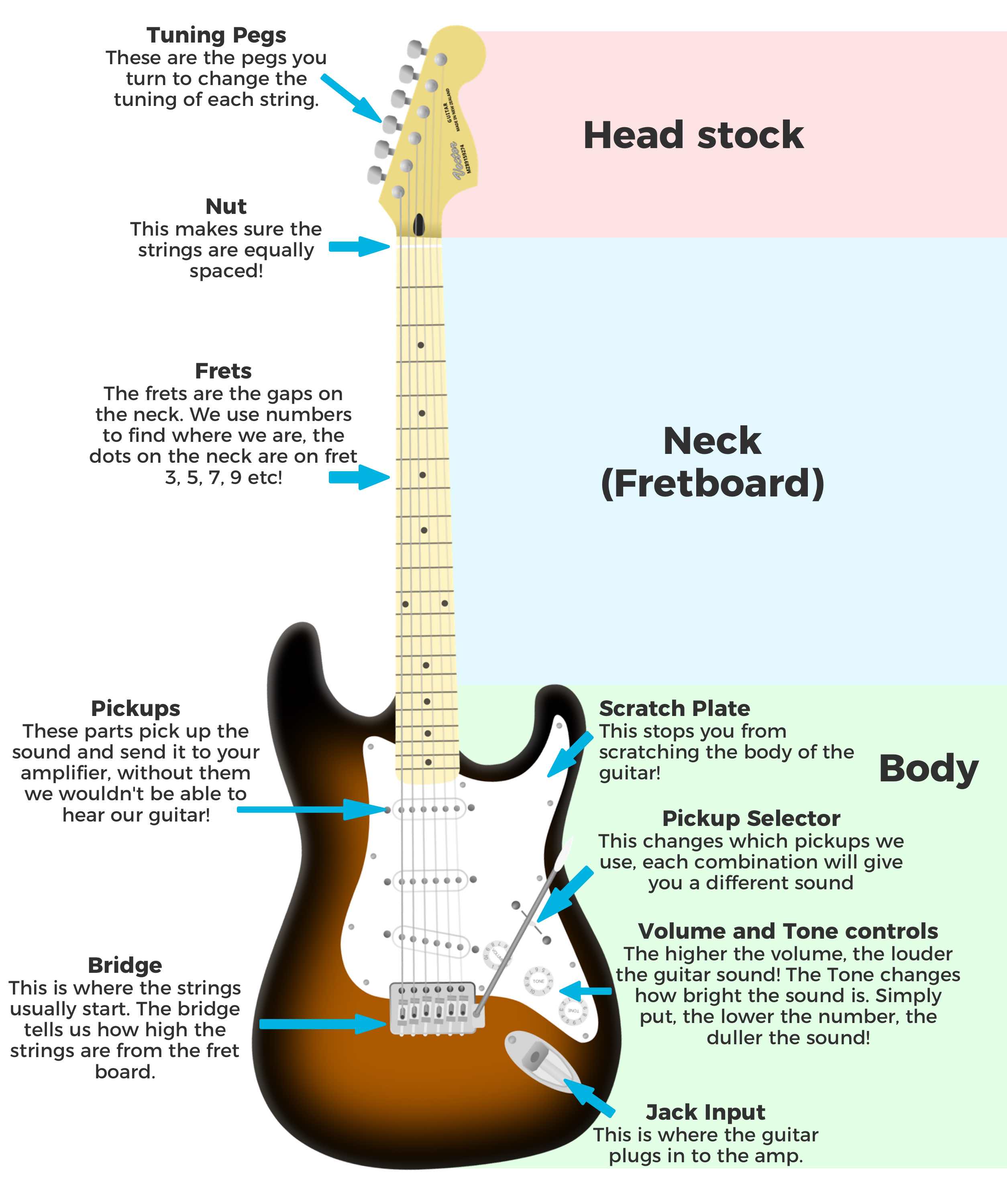
An electric guitar's headstock (also known as a peghead) is located at the top of the guitar and is primarily used to house the tuning keys. It is connected to the guitar's neck and is used to hold all of the strings in place. Generally speaking, the headstock on an electric guitar will contain the tuning keys, nut and string tree.
Anatomy Of An Electric Guitar Anatomical Charts & Posters
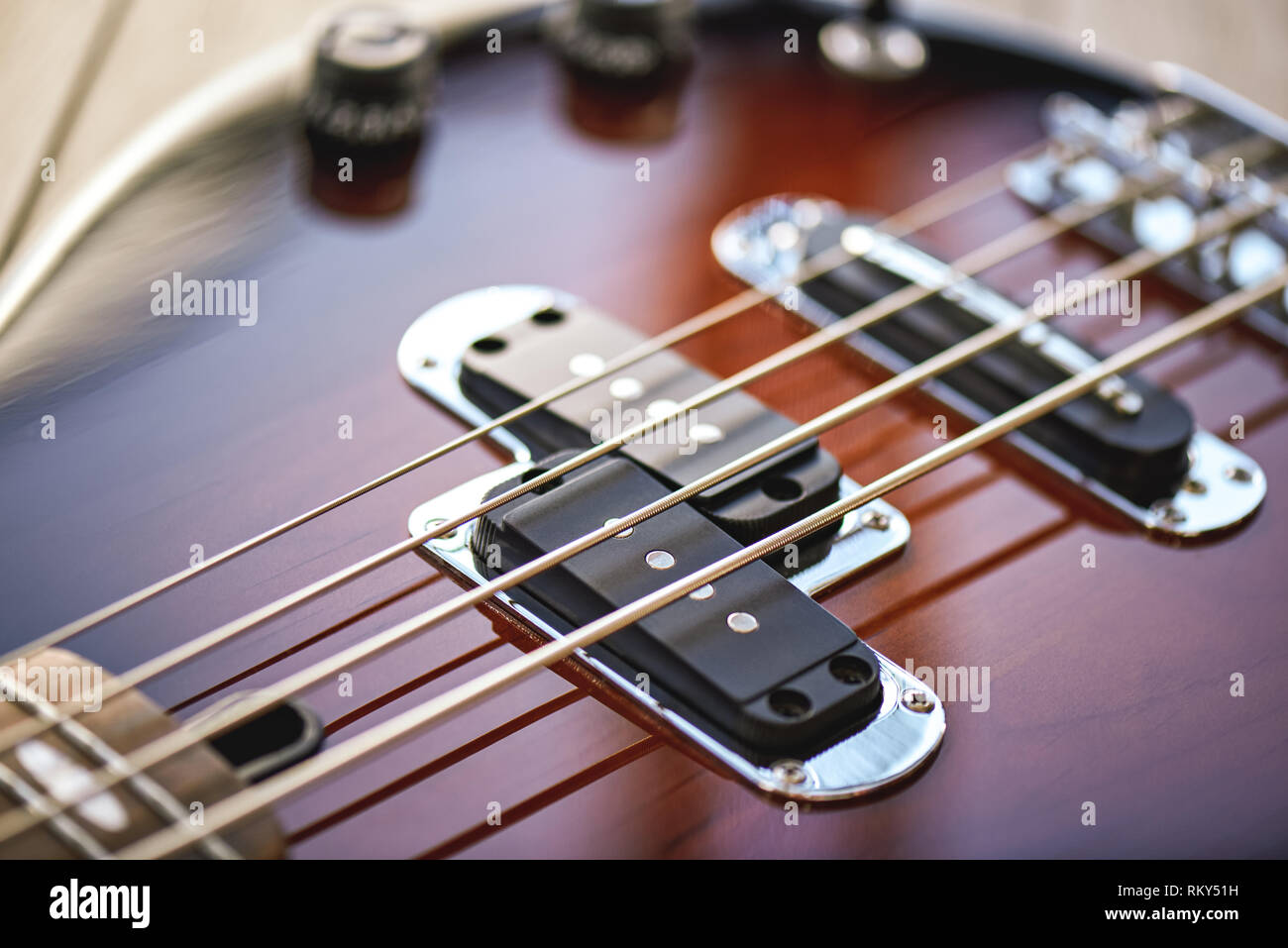
The part of the guitar where you place your fingers to play; the flatter side of the neck. Also called fretboard. Headstock. The bit at the end of the neck where the strings stop and we find the tuners. Tuners (Machine Heads) The things that you turn to change the pitch of the strings. Usually found on the headstock.